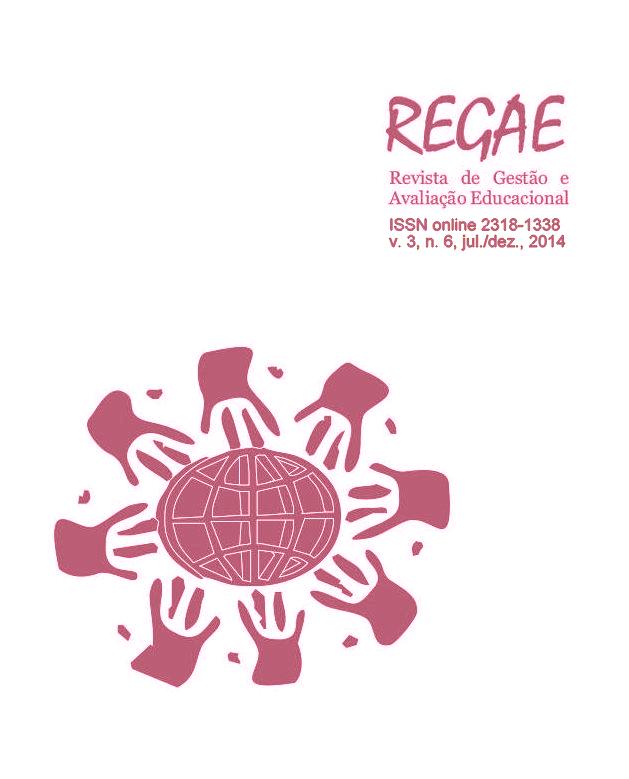Scholar space's architecture, adequation of edification environmental parameters: case study of Ctism - Colégio Técnico Industrial De Santa Maria
DOI:
https://doi.org/10.5902/2176217114673Abstract
The constant search for thermal comfort in residences has one great barrier to overcome, the emerging plea of electrical energy consumption reduction. This paper discuss some strategies to improve thermal comfort in educational environments.To set parameters for thermal comfort in educational buildings and to point strategies for thermal conditioning we used the Givoni`s bioclimatic charts results, through Mahoney`s method, they were experts in the field of thermal building in temperate climates. For demonstration, the Colégio Técnico Industrial de Santa Maria - Ctism - was chosen as study case, in order to demonstrate the possibilities around a building. The main identified strategies were the adjustment of the position, size and the miter`s solar position for the purpose of having better internal ventilation in the building and lower solar exposure. Furthermore, the use of bright colors in the sidewalls and roof in order to reduce the absorbed heat.
Key-words: thermal comfort, mahoney`s chart, givoni`s method, sustainability.
Downloads
References
ABNT NBR 15220-3: Desempenho térmico de edificações - parte 3: Zoneamento bioclimático brasileiro e diretrizes construtivas para habitações unifamiliares de interesse social. Rio de Janeiro.
GIVONI, Baruch. Climate considerations in building and urban design. New York: Van Nostrand Reinhold, 1998.
LAMBERTS, Roberto; DUTRA, Luciano; PEREIRA, Fernando Oscar Ruttakay. Eficiência energética na arquitetura. São Paulo: PW, 1997.
LENGEN, Johan Van. Manual do arquiteto descalço. São Paulo: Empório do Livro, 2008.
OLGYAY, Victor. Design with climate. Princeton: Princeton University Press, 1963.
TOLEDO, Eustaquio. Ventilação natural das edificações. Maceió: Edufal, 1999.
Downloads
Published
How to Cite
Issue
Section
License
Authors keep copyright and concede to the magazine the right of first publication, with the work simultaneously licensed under the Creative Commons Attribution 4.0 International, non-commercial license with no derivative work, which allows to share the work with no author recognition and initial publication in this magazine.
Authors has authorization to overtake additional contracts separately, to distribute a non-exclusive version of the work published in this magazine: For example: to publish in an institutional repository or as a chapter of a book, with authorial recognition and initial publication in this magazine.
Authors are allowed and are encouraged to publish and distribute their work online. For example: in institutional repositories or in their own personal page – at any point before or during the editorial process, because this can result in productive changes, as well as increase the impact and the mention to the published work.






